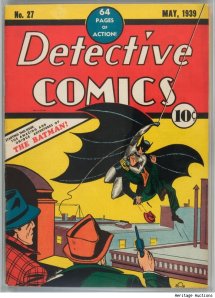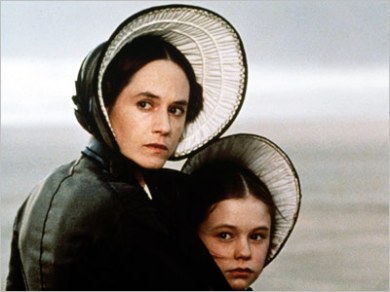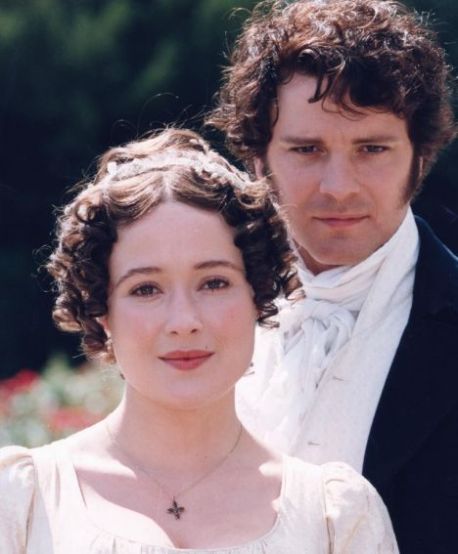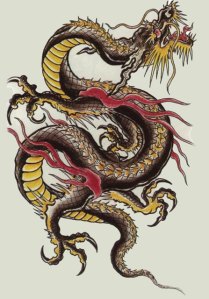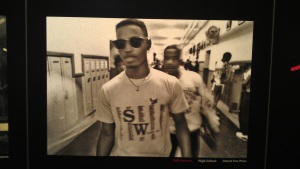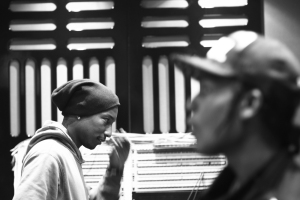The (concise)History of DC Comics
On January 11th, 1935, Malcom Wheeler-Nicolson and Jack Liebowitz, who led National Allied Publications, debuted New Fun: The Big Comic Magazine #1 followed by Adventure Comics, and lastly Detective Comics. Soon enough, National Allied Publications took on a new partners, one of which was Harry Donnenfeld, and formed DC comics named after their last title “Detective Comics.” The first superhero of DC comics was Superman, the creation of two 17 year old Jewish teens from Detroit. The creators of Superman had their idea of the superhero rejected countless times before DC comics decided to take on the idea.
Soon enough, Superman blew up to be one of the biggest figures in the country. By the third issue, one million copies had been sold. From 1939-1940 there was a mania surrounding Superman. He was the perfect example of an American, a foreigner with two identities. Meek and timid in public, but behind his cape, he had the powers to save the world from new crimes. Crimes represented in the comic reflected those that were currently emerging in society as well.
A few years later, Bob Kane designed Batman, a mortal with no superpowers, but who soon rivaled superman in popularity. Around the same time, DC comics hired a psychologist who criticized the company for not reaching their full potential. As a result, Wonder Woman was created as the mother figure of the superheroes already present. Even though there is debate about whether Super Woman’s role was truly that of empowering women (since many comics depict her tied up), she is still considered a favorite.
Many other superheroes emerged in the first “Golden Age” of DC comics. In the 50s, DC comics went through a revamping of of the superheroes. Soon enough, more superheroes, super “groups” even were being added as well as villains. Superman had Lex, Batman had the Joker, and so on and so forth. Kid sidekicks like Robin Hood also became a trend in the comic scene.
DC comics extended and grew to include the current times and current issues facing society. The company also moved from comics, to shows, to popular movies like the recent Dark Knight.
The beauty of comics is that they have the ability to stay current in ever-changing times. People who knew about Superman 75 years ago, still know about him today. Timeless and evolving are two words that can describe this artful treasure.
Now I was never a fan of comics or superheroes, but this video definitely made me reconsider. If I had to choose one favorite it would have to be Superman. I remember reading an article about the superhero in my College Writing class and I was able to draw many similarities between him and the traits on an immigrant like myself. Who wouldn’t want to be able to get rid of their meek and timid identity and be able to save the world one adventure at a time?
(All information was taken from Secret Origin: The Story of DC Comics. I was able to rent it off iTunes and watch it again!)
Picture from: http://www.luxist.com/2010/02/10/batman-tops-supermans-rare-comic-book-record/
